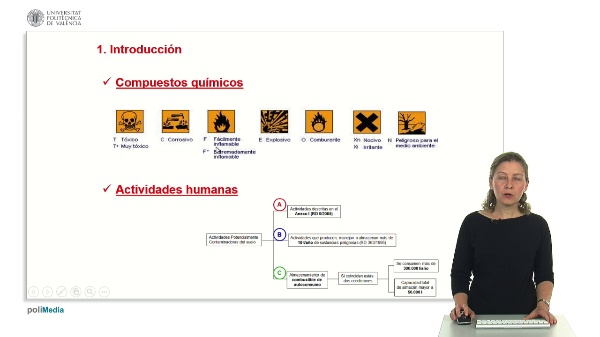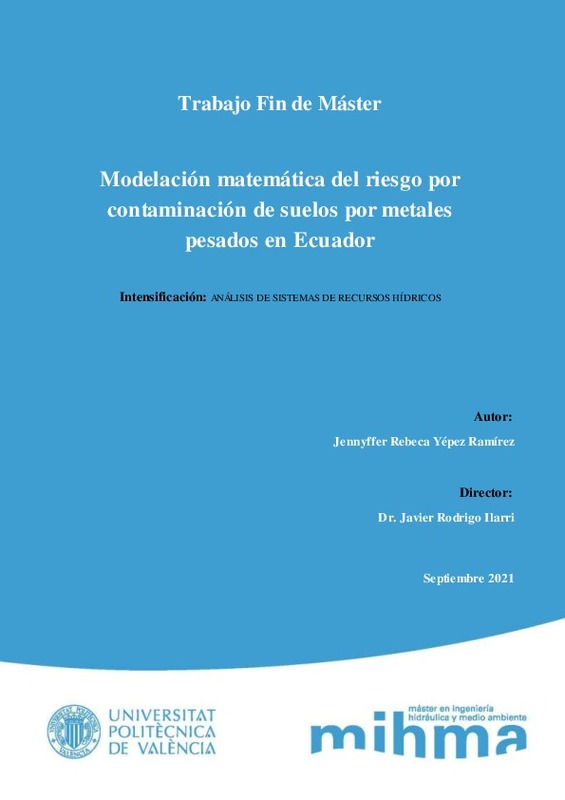JavaScript is disabled for your browser. Some features of this site may not work without it.
Buscar en RiuNet
Listar
Mi cuenta
Estadísticas
Ayuda RiuNet
Admin. UPV
Single and combined fluidized catalytic cracking (FCC) catalyst deactivation by iron and calcium metal-organic contaminants
Mostrar el registro sencillo del ítem
Ficheros en el ítem
| dc.contributor.author | Mathieu, Yannick
|
es_ES |
| dc.contributor.author | Corma Canós, Avelino
|
es_ES |
| dc.contributor.author | Echard, Michaël
|
es_ES |
| dc.contributor.author | Bories, Marc
|
es_ES |
| dc.date.accessioned | 2015-06-18T12:44:40Z | |
| dc.date.available | 2015-06-18T12:44:40Z | |
| dc.date.issued | 2014-01-17 | |
| dc.identifier.issn | 0926-860X | |
| dc.identifier.uri | http://hdl.handle.net/10251/51906 | |
| dc.description.abstract | The single and combined effects on catalyst stability, activity and selectivity of iron and calcium metal organic contaminants deposited on a fluidized catalytic cracking (FCC) catalyst via a cyclic deactivation treatment have been studied. It has been found that iron contamination decreases catalyst activity by two different mechanisms. At low iron concentration the deactivation is mainly due to the direct poisoning of acid sites while at higher iron concentration the deactivation is mainly due to pore blocking. Moreover, iron clusters formed on FCC catalyst particles catalyze dehydrogenation reactions which lead to a higher coke selectivity. Calcium contamination is also at the origin of a large deactivation of the FCC catalyst which occurs by neutralizing acid sites and in a large extension by lowering the hydrothermal stability, at the origin of an important collapse of the zeolitic component. The combined contamination by iron and calcium does not show synergetic effects. Nevertheless, the fact that coke formation increases with iron can enhance the catalyst temperature in the industrial regenerator, leading to a further negative effect of calcium via zeolite destruction. | es_ES |
| dc.language | Inglés | es_ES |
| dc.publisher | Elsevier | es_ES |
| dc.relation.ispartof | Applied Catalysis A: General | es_ES |
| dc.rights | Reserva de todos los derechos | es_ES |
| dc.subject | FCC catalyst deactivation | es_ES |
| dc.subject | Metal–organic contaminants | es_ES |
| dc.subject | Iron contamination | es_ES |
| dc.subject | Calcium contamination | es_ES |
| dc.subject | Combined iron–calcium contamination | es_ES |
| dc.subject | Fluid Catalytic Cracking (FCC) process | es_ES |
| dc.subject | Micro-Activity Test (MAT) | es_ES |
| dc.subject.classification | QUIMICA ORGANICA | es_ES |
| dc.title | Single and combined fluidized catalytic cracking (FCC) catalyst deactivation by iron and calcium metal-organic contaminants | es_ES |
| dc.type | Artículo | es_ES |
| dc.identifier.doi | 10.1016/j.apcata.2013.10.007 | |
| dc.rights.accessRights | Cerrado | es_ES |
| dc.contributor.affiliation | Universitat Politècnica de València. Instituto Universitario Mixto de Tecnología Química - Institut Universitari Mixt de Tecnologia Química | es_ES |
| dc.contributor.affiliation | Universitat Politècnica de València. Departamento de Química - Departament de Química | es_ES |
| dc.description.bibliographicCitation | Mathieu, Y.; Corma Canós, A.; Echard, M.; Bories, M. (2014). Single and combined fluidized catalytic cracking (FCC) catalyst deactivation by iron and calcium metal-organic contaminants. Applied Catalysis A: General. 469:451-465. doi:10.1016/j.apcata.2013.10.007 | es_ES |
| dc.description.accrualMethod | S | es_ES |
| dc.relation.publisherversion | http://dx.doi.org/10.1016/j.apcata.2013.10.007 | es_ES |
| dc.description.upvformatpinicio | 451 | es_ES |
| dc.description.upvformatpfin | 465 | es_ES |
| dc.type.version | info:eu-repo/semantics/publishedVersion | es_ES |
| dc.description.volume | 469 | es_ES |
| dc.relation.senia | 280875 |






![[Cerrado]](/themes/UPV/images/candado.png)



